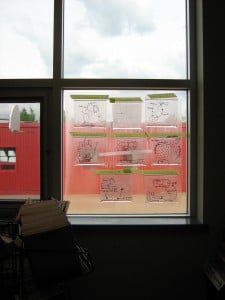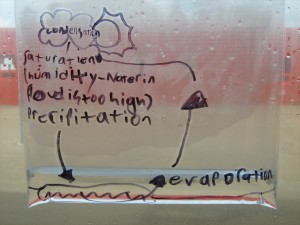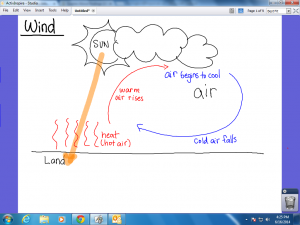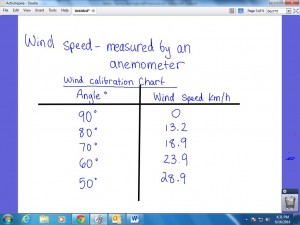“The end of THE END is the best place to begin THE END, because if you read THE END from the beginning of the beginning of THE END to the end of the end of THE END, you will arrive at the end.”
― Lemony Snicket, The End
Good afternoon!
It is beginning to feel like the end of our school year, all at once today. Perhaps it was because we are putting the finishing touches on our last few units, or perhaps it is that things are slowly disappearing off our walls and shelves, but today definitely felt like the beginning of the end! That doesn’t mean that we don’t still have a lot to do, so make sure you come prepared over the next few days.
Today in Math, students were able to review our unit on transformations. We practiced three different transformations throughout this unit: translations, reflections, and rotations. Students should be able to perform and describe these translations. Need help to review? Look over your textbook questions. The “Show What You Know” questions on pg. 216-217 are a great place to start. You can also go back through some of the activities and lessons that we worked on throughout the unit. Our Unit Test is tomorrow morning… last test of the year, yay!
In Science today students were reviewing the material that we have already discussed, and then expanding upon it to discuss how different types of weather are created and then measured. We have already discussed how air moves, and completed two experiments as a class to demonstrate the movement of air. Today we discussed how convection currents work outside and how this contributes to wind. Check out the diagram below:
Students then learned about two devices that can be used to measure the wind: weather vanes and anemometers. Weather vanes are able to measure the direction that wind is coming from. We worked together in pairs to create our own weather vanes today using pencils, stickpins, straws, and construction paper, and then we took them outside to see how they worked. We found that the wind was blowing from the south, or that we had a south wind early this afternoon (around noon). We also explored anemometers today. Anemometers are used to measure wind speed. You can create your own anemometer with a rule, a protractor, a string, and a ping-pong ball. Students took an anemometer constructed in this fashion outside as well. Our class determined that the wind was blowing at a speed of approximately 8-13 km/h this morning. We did this using a calibration chart like the one seen below:
Students also reviewed the water cycle today, something we have discussed at length throughout the unit. This led us to create a demonstration of the water cycle in action. Students used small plastic bags, hot water, and sharpies to create their own small water cycle. You can see the condensation occurring at the top of the baggies. Eventually these drops become heavy and fall down the side of the bag (precipitate). Check out the pictures below. We also reviewed the types of clouds that we have discussed (cirrus, stratus, nimbus, cumulus).
Agenda:
Read 20 minutes
Reading Journal – Friday (last chance to earn a black belt!)
Math: Show What You Know (pgs. 216-217)
Transformations Unit Test – tomorrow
Science: Chemistry tests signed and returned ASAP
Grade 3 Art Sale – Wednesday





